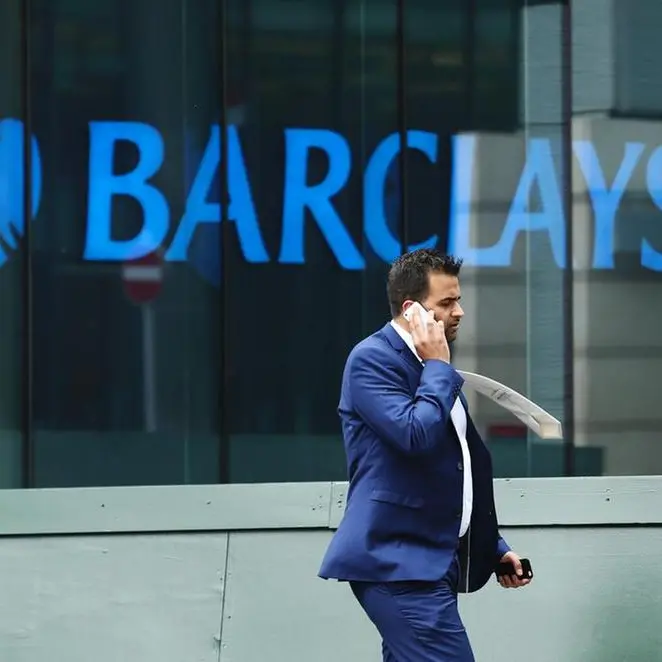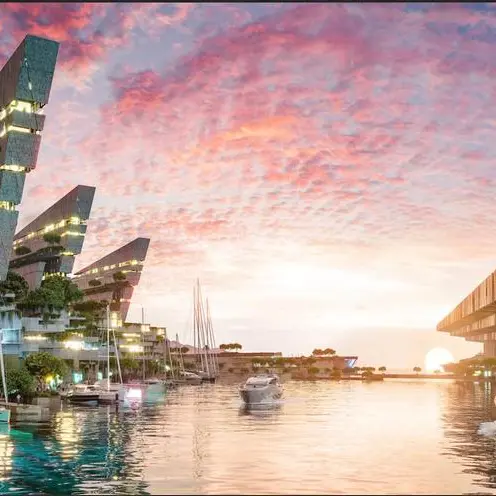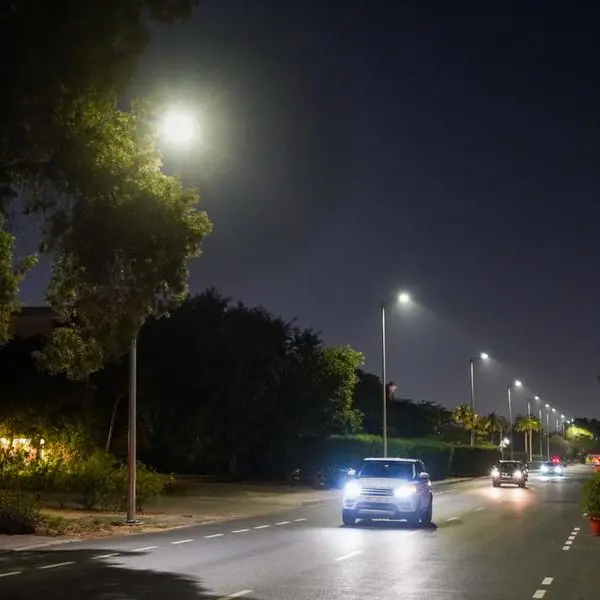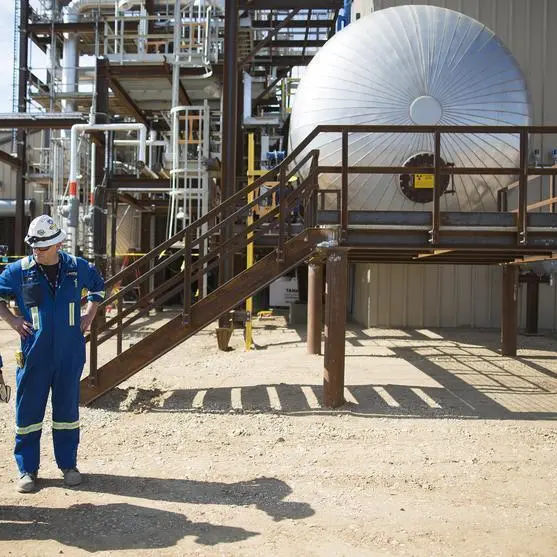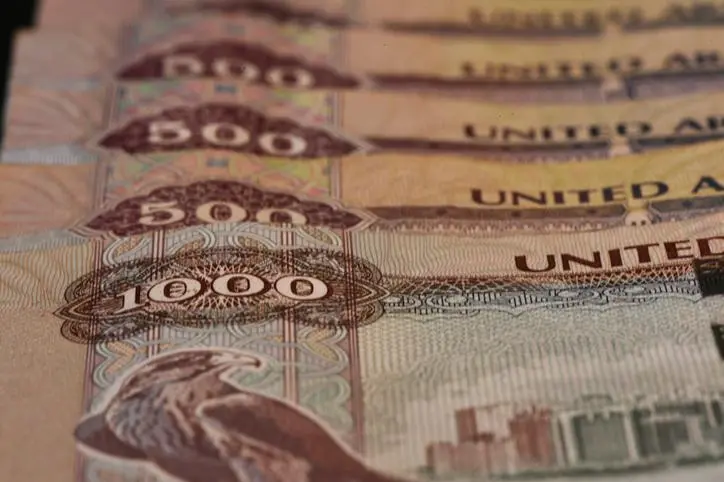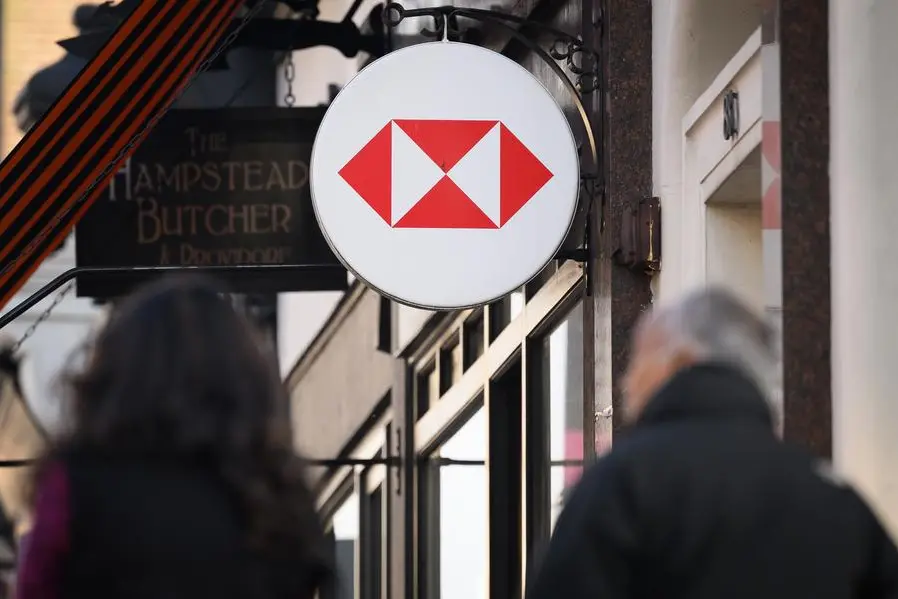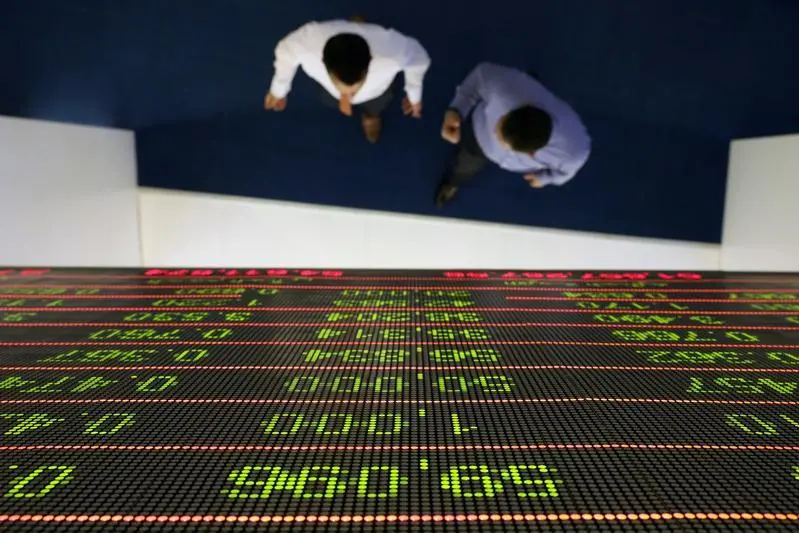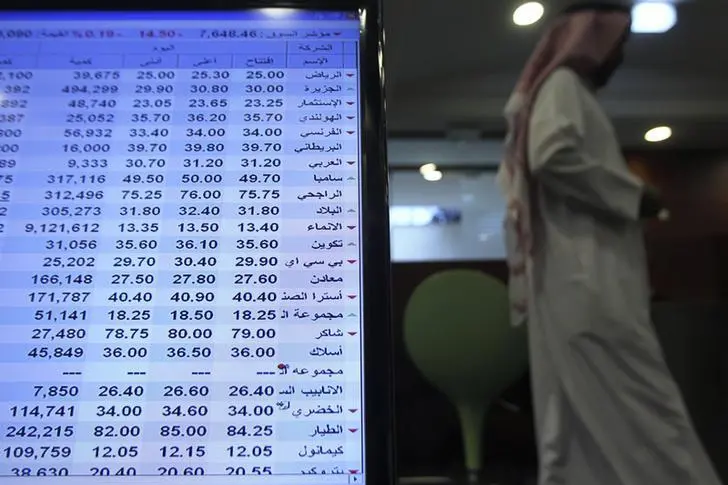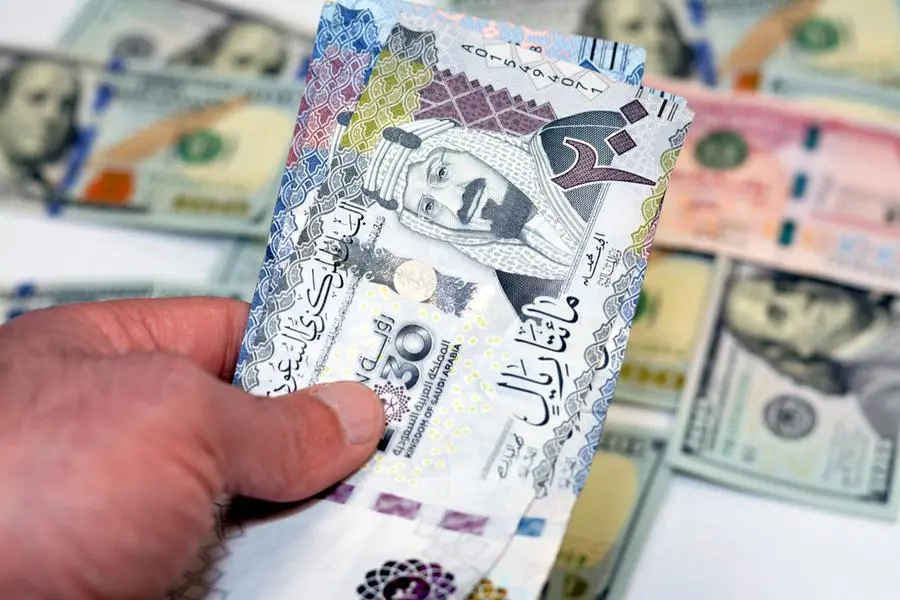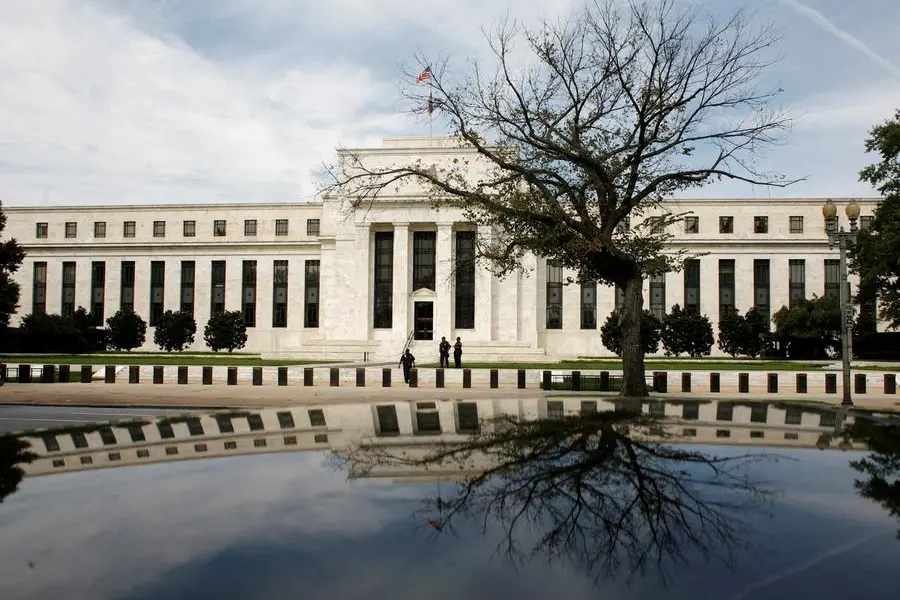Sunday, May 11, 2014
Dubai: The profitability of Qatari banks will likely remain strong over the next 12 months, largely driven by the favourable operating environment and given the solid economic growth forecast for the country over the next few years, according to rating agency Standard & Poor’s.
“High interest margins, although contracting; briskly increasing business volumes mainly on the back of the government’s investments and banks’ generally low-cost bases are the main factors fuelling this performance,” said S&P credit analyst Mohammad Damak.
Leading Qatari banks rated by S&P financially outperformed their rated GCC peers last year. Qatar’s extremely supportive operating environment is the main factor behind the firm results of these banks, which represent two-thirds of the banking system’s total assets.
“These rosy conditions are expected to continue, with lending growing by about 10-15 per cent per year for the next few years. We project annual GDP growth of 5 per cent in Qatar in 2014 and 2015, owing to the likely vigorous advances in non-oil sectors as the government ramps up its investments,” Damak said.
Despite the favourable outlook banks face several risks. The normalisation of interest rates in the US within the next two years could be the most immediate damper on their profitability. A steep increase in US interest rates could squeeze Qatari banks’ interest margins, because of the structural mismatch of their balance sheets, which carry long-term assets and short-term deposits.
On the upside, the rating agency think that the US Federal Reserve’s monetary policy normalisation will be gradual, allowing Qatari banks the necessary time to adjust their pricing.
Despite the lessons learnt from the financial crisis, Qatari banks continue to face concentration risks. High single name and real estate sector concentration exposes Qatari banks to the tail risk of default of top names or to setbacks in the real estate sector.
Like other banks in the GCC, Qatari banks’ loan portfolios remain heavily concentrated on large borrowers. The top 20 loans represented almost 45 per cent of total loans on average at year-end 2013. On a positive note, most of these names are either the government or its related entities. In addition, the government’s track record in supporting banks and government-related entities (GREs) is strong.
Banks’ exposure to the real estate sector is significant, with total real estate-related loans at about 20 per cent of the system’s total loans on March 31, 2014 (including 5 per cent of real estate exposures to GREs) and much higher concentrations for some players.
The rating agency sees the banks’ heavy reliance on the Qatari economy and government accounts in the large oil and gas sector exposing the country to a sudden and persistent drop in oil and gas prices. Under such a scenario, the banking system could suffer through its exposures to large investment projects or to the expatriate retail segment.
“That said, we do not currently expect such a fall to occur within the next 24 months. For 2014 and 2015, we assume oil prices will remain above $95 (Dh348.94) per barrel,” Damak said.
By Babu Das Augustine Deputy Business Editor
Gulf News 2014. All rights reserved.

